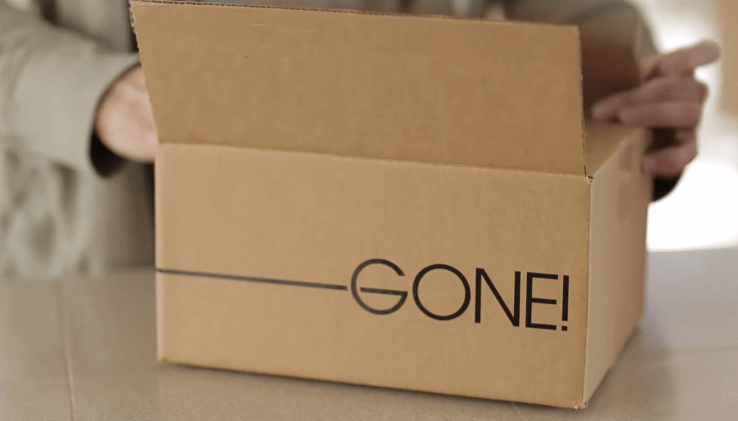
Gone, a service that launched out of Austin to help your sell your old crap, has today announced a partnership with UPS that will allow the company to rapidly scale nationwide.
Gone traditionally works by letting users snap pictures of their old gear, which is then automatically priced, picked up same-day by a Gone helper, packaged, and either shipped to a buyer or sent over to Gone to re-sell for later. A few days later, a paycheck arrives in the mail to the original seller.
With the UPS partnership, Gone is introducing Gone Lite, which automatically ships users the packaging materials necessary for them to send off the item themselves, either through a home pick-up from UPS or by dropping it off at a local UPS branch.
The most helpful thing about Gone is that the app automatically lists a reasonable price for the seller and ensures no back-and-forth between buyers, as that’s all handled by Gone. But it goes deeper than that.
As of today, Gone integrates with the user’s email (the same way TripIt does) to scrape out receipts, confirmations, etc. so that it has an inventory of the stuff that you own already. This means that almost every time you list an item, if the receipt is in your email, the information describing the product will be automatically input into the app without any extra work from you.
Gone launched six months ago and currently offers Gone On-Demand (the full-fledged product) in both Austin and San Francisco, with plans to expand to New York and Seattle next. However, today’s introduction of Gone Lite means that anyone with an iOS device can use the service, as long as they’re within range of a UPS location.
Comments
Post a Comment